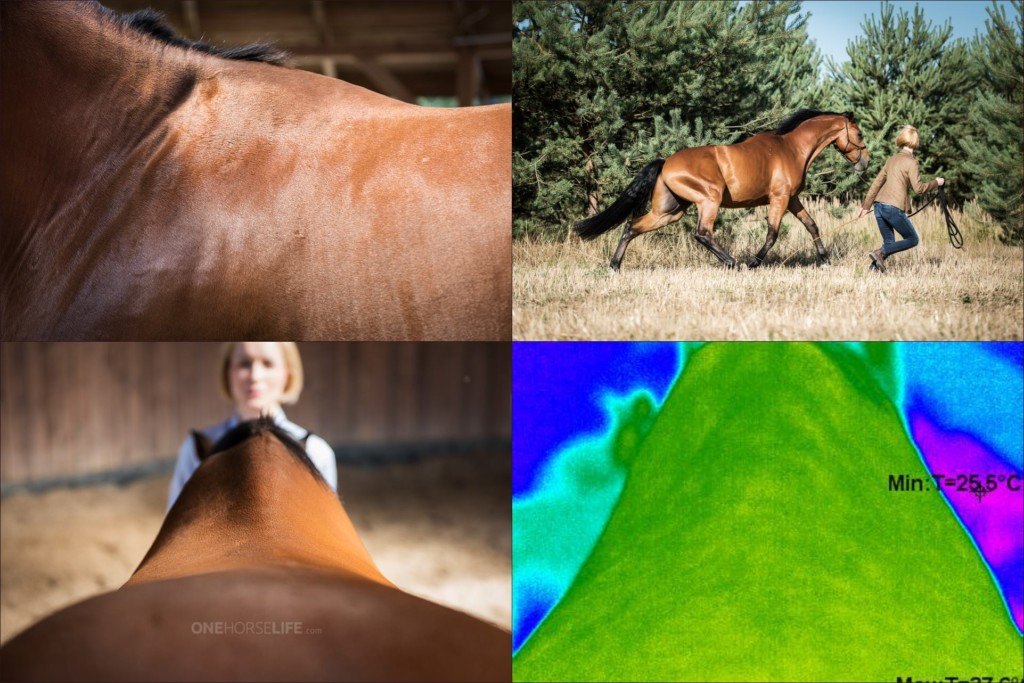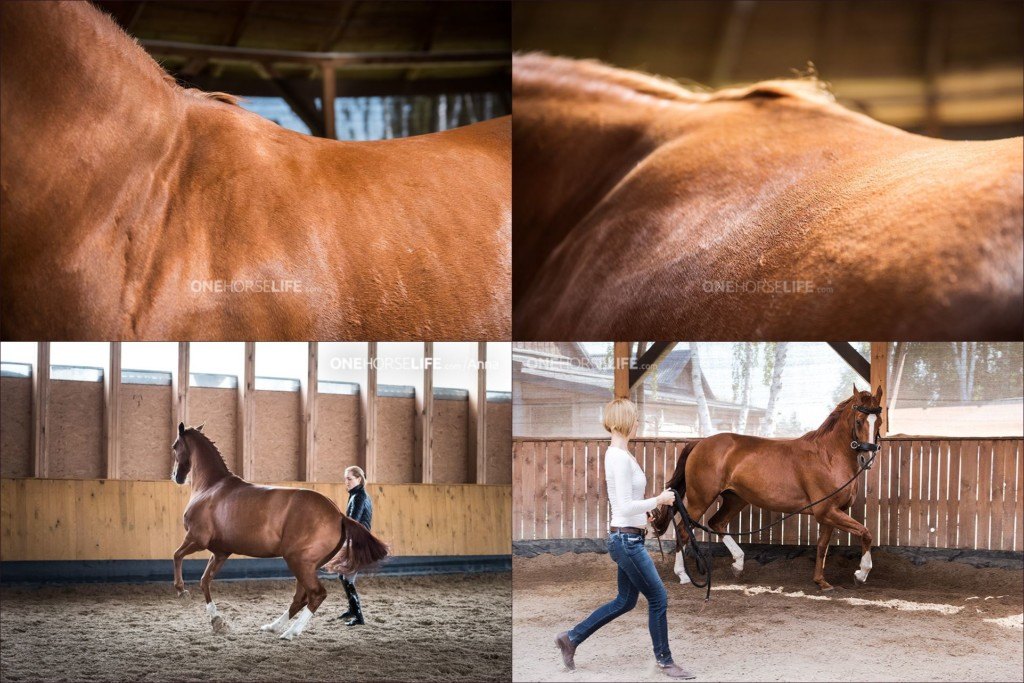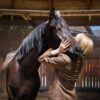In many of my travels I discovered that people’s general knowledge about saddle fitting is very weak. I was thinking for a very long time, that the solution to this is situation is to promote saddle-fitting awareness. But then it hit me, that the answer lies elsewhere…

If we really knew how horse’s body is built, and how the back moves, and in which planes and how the spine transfers motion of the hind legs through the back, there is a great chance that many of the questions we all have in our heads in relation to saddles and saddle fitting would have been answered.
So many “misbehaviours” of the riding horses connected with the riding or saddling phases of training, are related to pain caused by the improperly fitting saddle. The projection of pain causes fear, modifies behaviours, tenses muscles, shallows breath and cause the development of improper movement patterns.
To understand how the saddle should fit your horse, we need to understand first how the horse moves and in which planes his back and flanks move while in motion. You have to also understand how the horse’s movements pattern should change, while carrying the rider, to promote health and soundness, this means that you should understand the movement pattern of collection.
If your saddle is not promoting, or even worse: limiting these movements you can be sure to develop crookedness, irregularity in motion and a horse that is afraid to work through his back because working through the back brings pain and discomfort.
Before we can determinate what a saddle we are looking for, and before we are focusing on choosing the right company, model, seat depth and knee blocks sizes, we need to understand how the horse moves, and why maintaining these motions intact is so important. I believe that understanding this should be the first step, that will help us to determinate what a saddle and why we are looking for.

I feel proud and happy when the chiropractor therapist of my horses, Magdalena Saracyn, brings her trainees to us to show how the round, healthy backs of the working horses should look like.
I have based the choice of the saddles for my horses on the understanding of horses’ movement patterns, and so far, it has not failed me.
In the newly added video material and PDF material that accompanies it that I have prepared exclusively for my JoinAnna Students I am talking about Straightness and Balance in the view of the right saddle fitting. I have been many times asked by my students to prepare such a material, and I trust that this one answers many of the questions I have been asked over the past two years.
Enjoy!
JoinAnna is an Online Self-Study Course in OneHorseLife: http://www.onehorselife.com/JoinAnna


